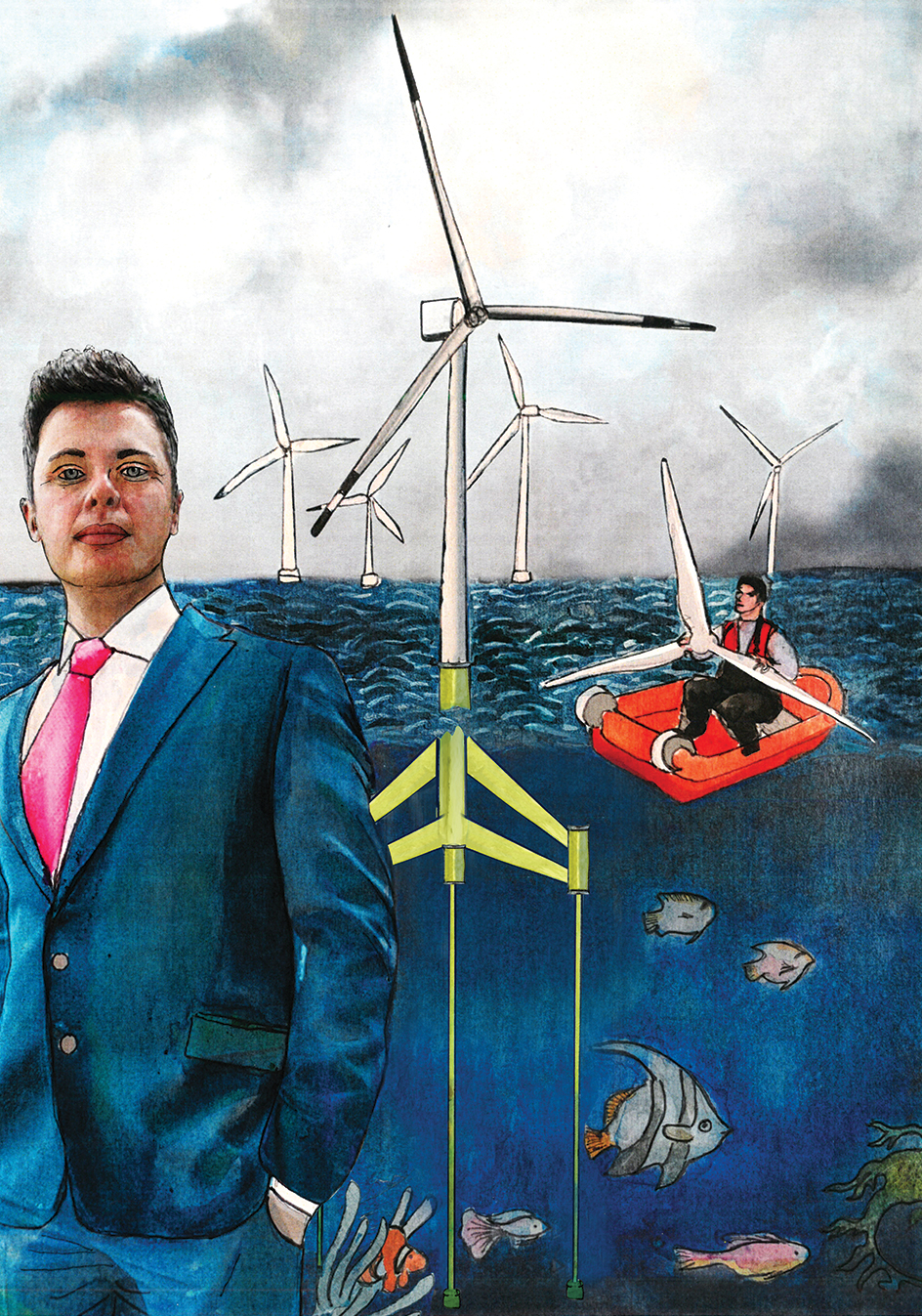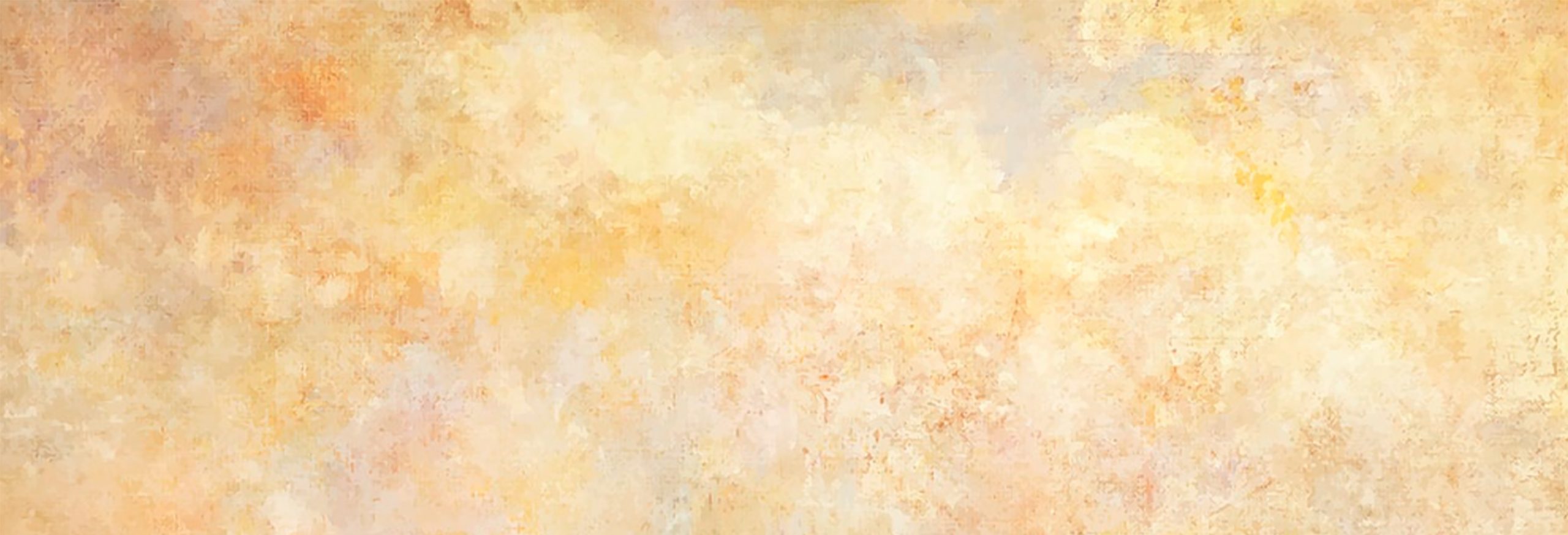
What did I need to learn to do this job?
I loved biology and maths at school. The human body is more amazing than any of the machines or technologies I have worked with over the years. With maths I always felt like I was learning a language. It was a real thrill when I felt I was finally becoming fluent and understood what all the squiggles and signs meant. At university, I did a four-year degree in civil and environmental engineering, using maths to understand the world around us. I then studied renewable energy and wind energy. All in all, I was at university for eight years, but I took many breaks to work and travel, and so this time was spread over about twelve years.
Once you have the technical knowledge, the main skills you need to do my job are communicating with other people, self-discipline and curiosity. I am interested in almost everything and love learning about new technologies and telling my colleagues and others about them. Self-discipline is needed to keep focused on the jobs that need to be done. It is far too easy to get distracted, the world around us is so interesting.
Cian Desmond, 37, Ireland
Head of Innovation at Gavin and Doherty Geosolutions (GDG) Ltd.
I've always been a bit crazy!
I’ve always been a bit crazy and loved inventing things, even if they were totally impractical! As a child, I spent a lot of time trying to build a perpetual motion machine. That is a machine that starts moving and never stops. But you can’t do it; it is impossible to make, no matter how hard you try. The energy to keep it going needs to come from somewhere. I think my interest in renewable energy stems from these experiments as, with a little help from the wind, we can (almost) have perpetual motion.
As Head of Innovation for an engineering company, it is my job to uncover the best ideas to make our projects as sustainable as possible. For wind energy, this means finding ways to keep costs down so everyone can afford to use clean energy. It is also important to make sure wind turbines have a positive impact on local animals and people.
To do this, I keep track of the latest development in science and engineering. I help my company get ready to do the kind of jobs that we will be asked to do in five or ten years’ time. I spend a lot of time in universities working with students and scientists, learning about new ideas and thinking about old problems in new ways. In short, my job involves lots of reading, organising and talking!
Floating wind turbines are one of the most exciting new technologies that I am investigating. These are turbines that are not attached to the bottom of the sea and can be used in very deep waters, where there is generally more wind.
We want to better understand how they will behave in places where there is a lot of wind, but also lots of waves, like off the west coast of Ireland. These conditions can make things very difficult, especially when you need to visit the wind turbine to maintain or repair it. We are looking at using robots to fix a turbine when it breaks, so you don’t have to send a person out in dangerous conditions.
I really enjoy that I get to work on so many different projects with such talented people and
interesting technologies. I have worked with wave tanks (that generate artificial waves of water) and mini floating wind turbines. I’ve used satellite data from NASA (the American space programme) to measure the wind and had cups of tea with community groups trying to build their own wind farms. There is always something interesting to learn or someone interesting to meet.
I also love that my job allows me to live near the sea, and I go there as much as possible with my family. Even in the middle of winter I love playing on the beach with my three kids and running into the water for a swim. It is a great way to have fun after a busy week and the coast is different every time we visit.

